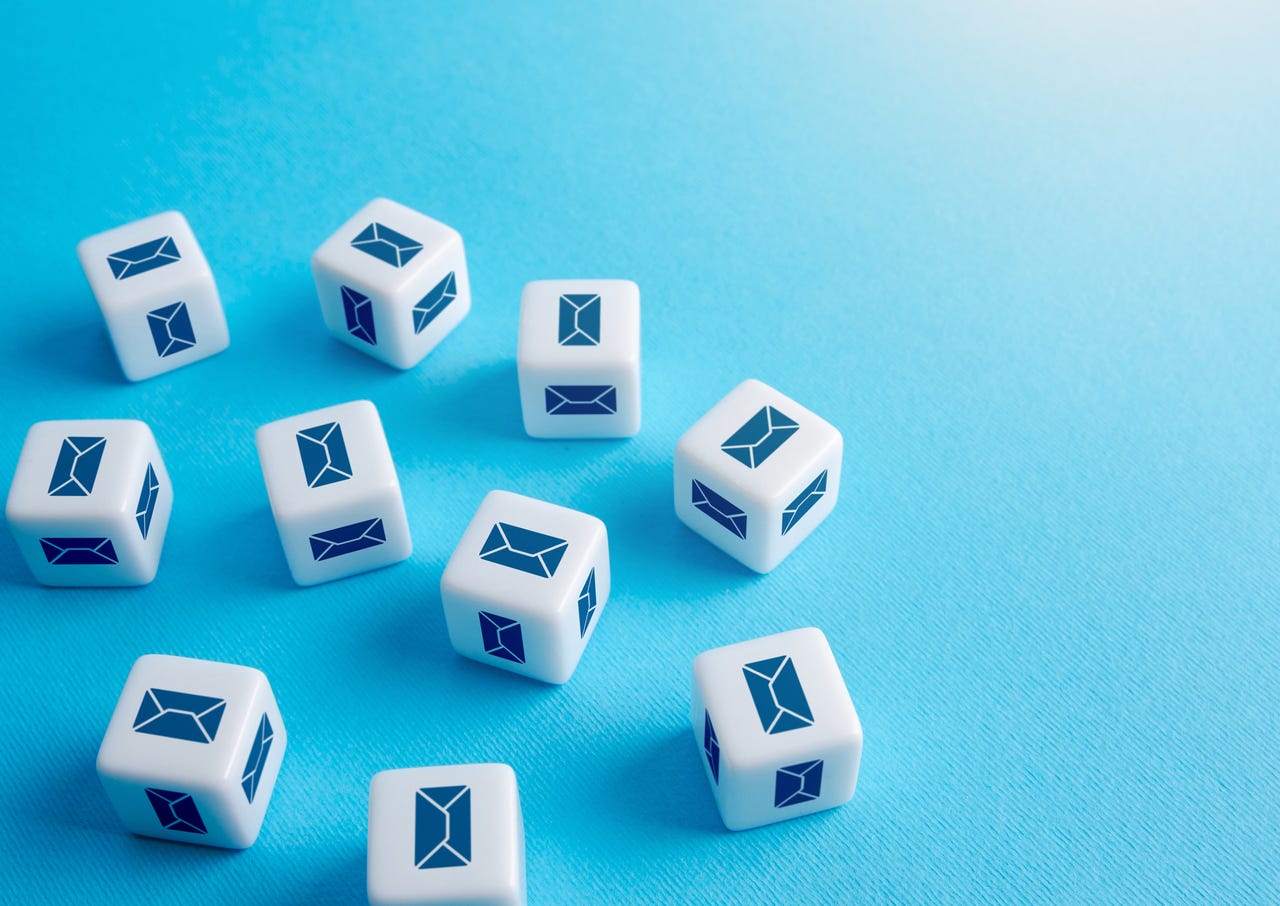'ZDNET Recommends': What exactly does it mean?
ZDNET's recommendations are based on many hours of testing, research, and comparison shopping. We gather data from the best available sources, including vendor and retailer listings as well as other relevant and independent reviews sites. And we pore over customer reviews to find out what matters to real people who already own and use the products and services we’re assessing.
When you click through from our site to a retailer and buy a product or service, we may earn affiliate commissions. This helps support our work, but does not affect what we cover or how, and it does not affect the price you pay. Neither ZDNET nor the author are compensated for these independent reviews. Indeed, we follow strict guidelines that ensure our editorial content is never influenced by advertisers.
ZDNET's editorial team writes on behalf of you, our reader. Our goal is to deliver the most accurate information and the most knowledgeable advice possible in order to help you make smarter buying decisions on tech gear and a wide array of products and services. Our editors thoroughly review and fact-check every article to ensure that our content meets the highest standards. If we have made an error or published misleading information, we will correct or clarify the article. If you see inaccuracies in our content, please report the mistake via this form.
How to create templates for Gmail (and why they can make your life easier)


This feature will save you time and effort when having to create the same email over and over.
I have a number of regular emails that I have to send that contain similar content. If I had to type out those emails every time, I wouldn't be able to work with nearly the level of efficiency I require to make it through the day unscathed by countless deadlines.
Of course, I could always create a document that houses the various "form" emails I send out and that would work fine. That's not, however, nearly as efficient as it could be.
Also: Gmail will help you write your emails now: How to access Google's new AI tool
That's why, when Google introduced email templates some time ago, I started using them right away. The feature is built into Gmail and is available to both free and paid Google Workspace accounts.
For anyone who needs to be able to send the same email over and over (maybe with slight variations), Gmail templates are exactly what you need.
Let me show you how to use them.
How to create a Gmail template
What you'll need: The only thing you'll need for this is a valid Google account. That's it. Let's create our first template.
1. Open Gmail and enable templates
Open your default web browser and point it to gmail.com. You'll then need to enable templates. To do that, click on the Gear icon and select See All Settings. Go to the Advanced tab and then click Enable for Templates.
You must enable templates before the feature will be available.
2. Compose the template
The next step is to compose the template email. This is done exactly how you would compose any normal email, the only difference being you're creating a template that will be used over and over. Because of that, compose the email with the idea that you're going to use this email for numerous correspondences. You can even add a subject to the template. The one caveat is that, even if you add a recipient's email address, that recipient will not be saved for the template.
3. Save the template
Once you've finished composing the template, click the three-dot menu at the right side of the composer toolbar and click Templates > Save draft as template > Save as new template.
You can also delete templates from the Insert Template sub-menu.
4. Name the template
In the resulting popup, give the new template a name and click Save.
Make sure to give each template a name that will help you remember what the template is used for.
5. Use the template
To use your new template, compose a new email. Before you type anything, click the three-dot menu, select Templates, and then select the name of the template you just created. This will fill in the new email with the template (even with the subject). The only thing you then have to do is fill out the recipient(s) and add any extra content to the body of the email.
You can create as many templates as you need.
With the email complete, send it away.
If you need to later edit a template, you can compose an email with the template in question, edit as needed, and then go through the save process only this time you'll select the same template (when saving) and overwrite the existing version.
Also: How to optimize your Gmail inbox layout (and why you might want to)
And that's all there is to creating and using Gmail templates. This feature will save you time and effort when having to create the same email over and over.